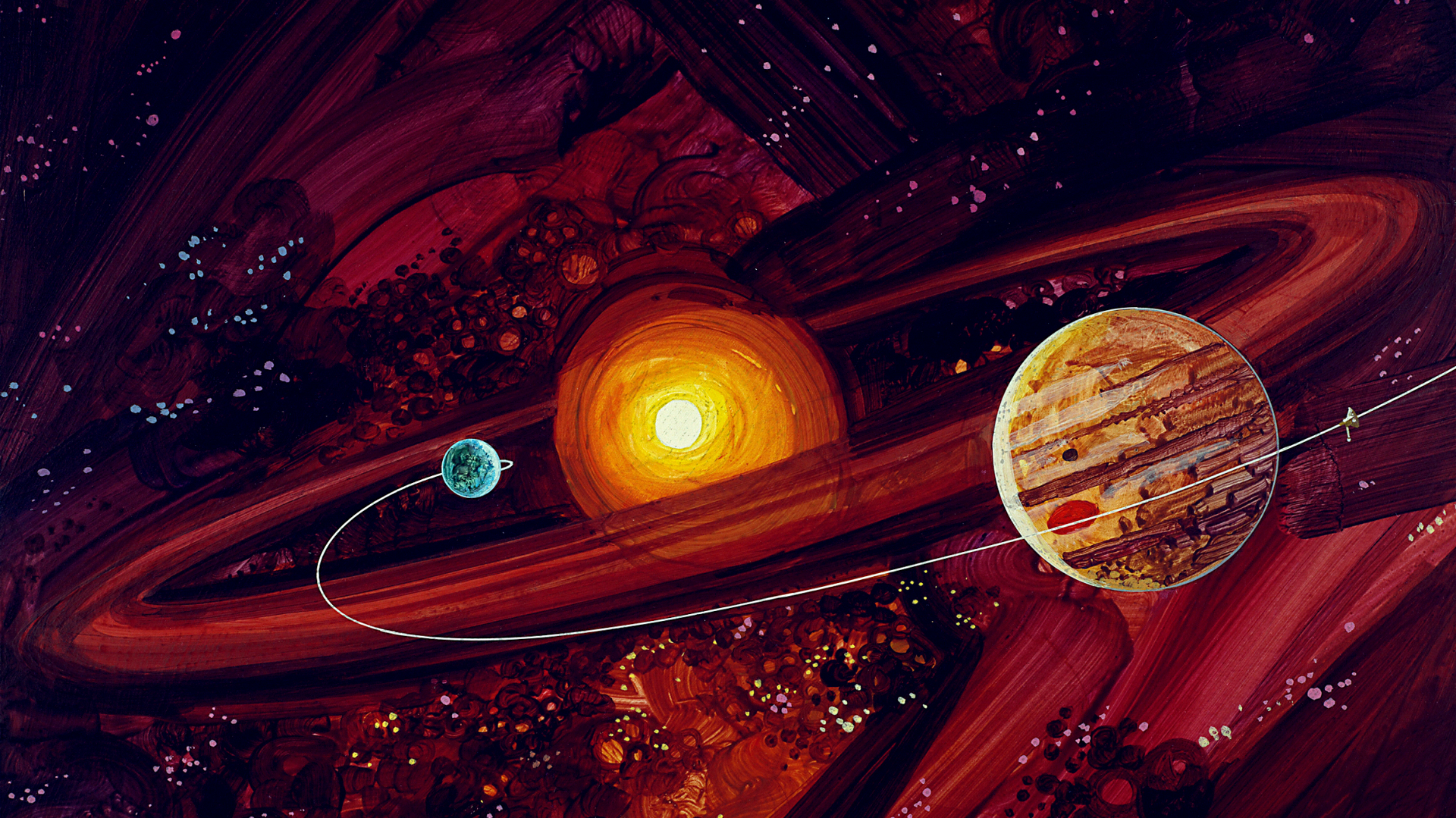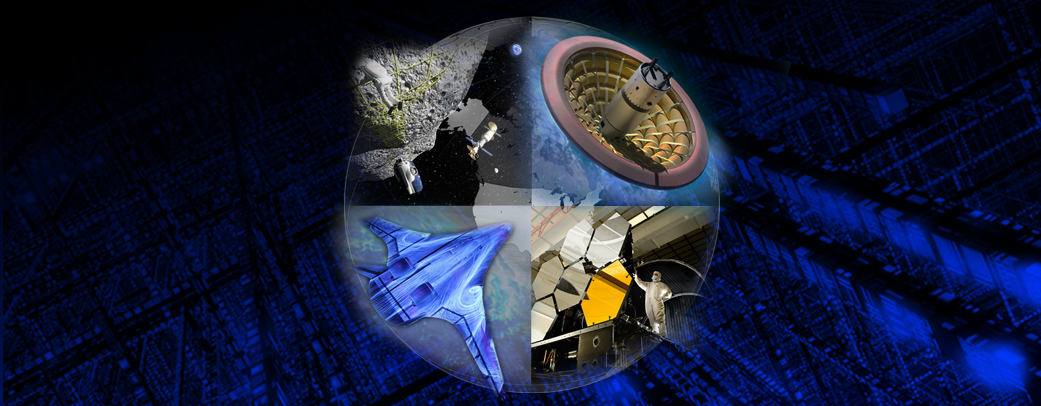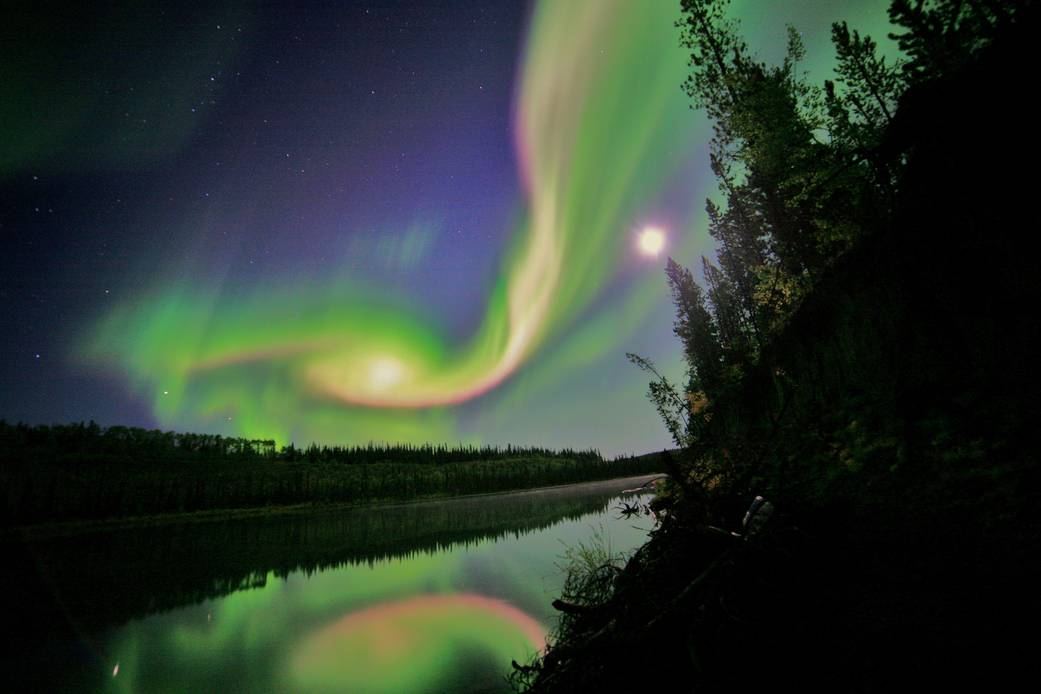Dr. Claudia Alexander: Wild Bounce at Comet Churyumov-Gerasimenko
The Rosetta Mission to soft land on a comet is a landmark mission that pushed the boundaries of space exploration. Rosetta is a spacecraft on a ten-year mission launched in March 2004 to catch the comet “67P/Churyumov-Gerasimenko” (C-G) and improve our scientific understanding of comets and our early solar system. Rosetta was the first spacecraft to soft land a robot on a comet and also will be the first spacecraft to accompany a comet as it enters our inner solar system. The European Space Agency (ESA) spearheaded this daring international mission with key support and instruments from NASA. This seminar included early images of the comet’s activity and an overview of initial findings.
Abstract:
Rosetta is the third cornerstone mission of the European Space Agency’s (ESA) Horizon 2000 Programme. It’s goals are to examine some of the original material of the solar system with a comprehensive evaluation of the minearologic, isotopic and organic constituents of a comet; understand how the body works as a machine to absorb and re-radiate energy from the sun; and understand more about the origins of the solar system. The talk will cover the science background of some of the mysteries of comets including pros and cons about why we think comets might have brought Earth’s water, concepts regarding missing nitrogen in the outer solar system and material the comet is made of (CAIs and IDPs). The talk will include early images of the comet’s activity and stage for the landing, walk through the 60 hours of time spent on the comet’s surface and provide an overview of initial findings.
Biography:
Claudia Alexander started her career at Ames Research Center, fresh out of high school as a Berkeley undergraduate on a minority intern program, working with Drs. Ray Reynolds and Pat Cassen in planetary science. She served on the historic Galileo mission, eventually becoming the project manager, where she had the pleasure of crashing the spacecraft into the planet (on purpose!) She served as project staff scientist on the equally historic Cassini mission; as the principle investigator of a future mission concept called ‘Gem;’ and currently serves as the U.S. Project Scientist on NASA’s contribution to the International Rosetta mission. She studies surface bound exospheres of frozen bodies such as Jupiter’s moon Ganymede, thermophysical properties of comets and recently the properties of the collapse of the natal solar nebula. She just published her science-learning book series: Windows to Adventure, for middle-grade readers (4th-5th grades). The first book in the series, called Venus, the Morning Star, just won a Mom’s Choice Award. The next one, coming soon, is entitled: Which of the Mountains is Greatest of All?




























